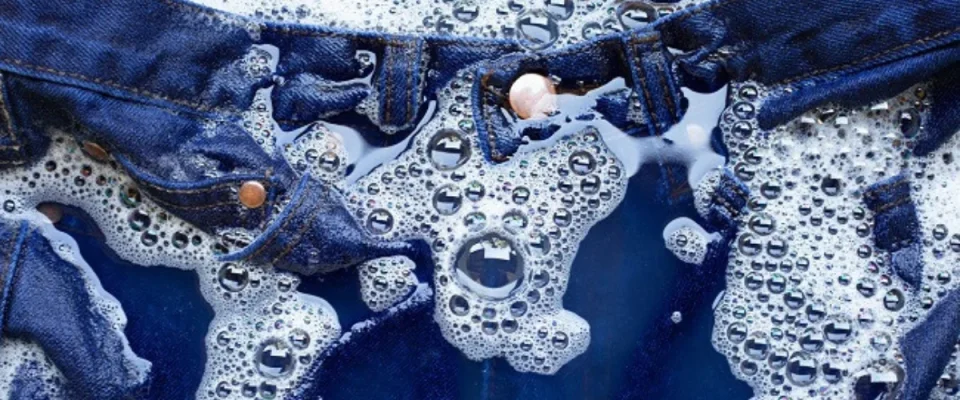Denim, a durable cotton fabric traditionally woven with indigo-dyed warp and white weft yarns in a 2/1 or 3/1 twill pattern, has transformed from rugged workwear to a global fashion essential worn by people of all ages and genders (Kadolph et al.2002; Paul et al. 2015).
Its widespread appeal lies in its comfort, durability, versatility, and classic style (Bhardwaj & Fairhurst, 2010). What truly sets denim apart is its unique ability to be transformed through various washes and finishes—creating vintage, faded, or distressed looks that enhance its fashion value (Sarkar & Saha, 2017). As sustainability becomes a growing priority, the denim industry faces mounting pressure to reduce its ecological impact while maintaining its iconic status.
The Industrial Revolution marked a turning point for global manufacturing, giving rise to various industries, including textiles. Among them, the denim industry has become especially prominent due to its cultural relevance and commercial success. However, the production processes involved in denim manufacturing—particularly the use of chemical treatments to clean, color, and finish the fabric—have also introduced substantial environmental challenges. These methods are resource-intensive, requiring large volumes of water and energy, and frequently lead to the release of untreated wastewater and greenhouse gas (GHG) emissions into the environment.
The denim washing industry, as a critical segment of the textile sector, faces numerous environmental and social challenges that demand urgent attention. Key issues include excessive water consumption—up to 3,800 liters per pair of jeans—significant greenhouse gas emissions, and the release of microplastic fibers during washing, which contaminate aquatic ecosystems and enter the food chain. Additionally, chemical pollution from dyeing and finishing processes contributes substantially to water contamination, while the industry’s linear production model drives resource depletion and waste accumulation (Brussolo, 2023, pp. 2–7). Social challenges also prevail, with many workers enduring poor conditions exacerbated by cost-cutting pressures inherent in fast fashion supply chains (Brussolo, 2023, pp. 8–12).
In response, the European Union has established a robust legislative and strategic framework aimed at promoting sustainability and transparency within the textile industry, including denim production and washing. Central to this is the European Green Deal, which targets climate neutrality by 2050 through initiatives such as resource efficiency, circular economy principles, and reduction of greenhouse gas emissions (Brussolo, 2023, pp. 17–20). Complementary regulations such as EU Regulation No. 1007/2011 on textile fibre labeling, the Corporate Sustainability Reporting Directive (CSRD), and the Corporate Sustainability Due Diligence Directive (CSDDD) require greater supply chain transparency and accountability from producers (Brussolo, 2023, pp. 15–50). These laws encourage the adoption of eco-design, extended producer responsibility, and strict controls on harmful chemical use, all of which directly impact sustainable practices in denim washing processes. Through these measures, the EU strives to transform the denim industry towards a more sustainable, transparent, and socially responsible model, aligning with the global 2030 Agenda for Sustainable Development (Brussolo, 2023).
Globally, an estimated 600,000 tons of dyes are produced annually for use in the textile industry, with a significant portion dedicated to denim manufacturing. Notably, azo dyes, which account for nearly 50% of this total, are known for their vivid hues but also pose serious environmental and health risks due to their toxic and sometimes carcinogenic properties (Yusuf et al., 2022). These impacts place the denim industry at the center of global efforts to achieve the United Nations Sustainable Development Goals (SDGs) by 2030. One of the most directly affected is SDG 6: Clean Water and Sanitation, as denim production contributes to water pollution through the discharge of untreated or inadequately treated wastewater.
In conclusion, cutting back on water and energy use with AQUA-less technology is a meaningful step toward making denim washing more efficient and sustainable. As the fashion industry shifts toward greener practices, innovations like this help meet growing expectations from both the planet and people—whether it’s staying in line with new regulations or simply doing what’s right for future generations.
News Courtesy : Textile Today.

